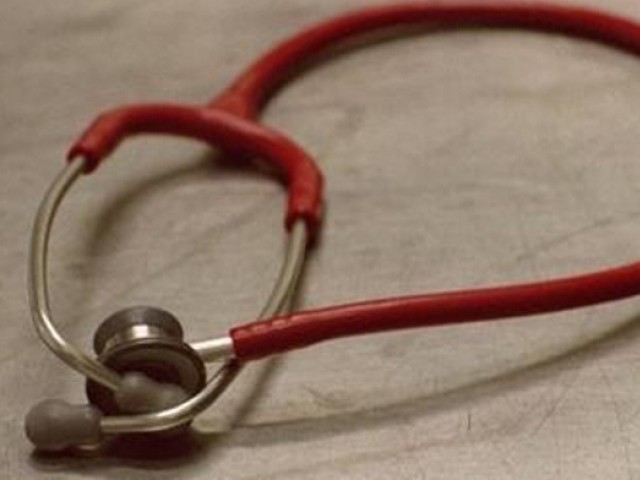
Pakistan has got a mixed health system where for-profit (private), nonprofit, and public medical care providers operate in the country. Provincial governments support specialised hospitals such as the Gambat Institute of Medical Sciences (GIMS) and Pakistan Kidney and Liver Institute (PKLI) to strengthen the existing medical care system. The federal and provincial governments are also changing the structure of financing and increasing the regulation of healthcare markets. The rising public financing of medical care and regulation of healthcare markets are interlinked. For example, the government-financed insurance scheme such as Sehat Sahulat Program (SSP) will increase the role of private healthcare providers in parts of the country, and an effective regulatory regime will be required to monitor various aspects of private transactions in the healthcare markets.
In this context, this is encouraging that a debate is emerging on how the financing of the healthcare system should evolve in the country. In the current practice, all provincial governments got a major role in the healthcare provisions. Punjab and K-P have launched government-financed medical care through SSP while Sindh focuses on free medical care services through public hospitals. This will have some likely implications. In the case of Sindh, more public money will be required in the future to finance the operations of government hospitals. And in Punjab, the resources will be diverted to private provision of medical services, assuming the large share of expensive hospital episodes will be dealt with by private hospitals. Or the public hospitals will need to be transformed in some way to deal with the growing demand for medical services. Similarly, the regulatory environment will vary accordingly across provinces. More stringent regulation will be required in the provinces where publicly financed private providers will be more active.
In an ideal world, the resources should be allocated to those services that yield the highest benefit to patients, and treatments are directed to those patients for whom they will be most beneficial. Neither free specialised public hospitals to treat costly medical procedures nor public insurance schemes such as SSP alone will be sufficient on their own. The different modes of financing medical care complement and do not substitute each other as the common perception might be. For instance, timely provision of secondary care at an early stage of a disease that can be covered by programmes such as SSP might out-benefit the life-year saved by expensive treatment in the later stage of disease at a specialised hospital. On the other hand, public investment in specialised hospitals is also essential, as the financing of expensive treatment by government-financed insurance schemes will not be viable at non-risk-adjusted low premiums.
The role of markets and the private sector is also substantial in the provision of medical services. Recent SBP figures show that Rs17.8 billion loans were approved for the hospitals during the Covid-19 pandemic. Initial evidence shows that most of the SSP transactions are based at private hospitals. That confirms the notion that the objective of SSP was to improve patients’ access to private medical care. Government-financed insurance can further incentivise investment by the private sector according to the demand for medical care. Programmes like SSP can mobilise resources to increase competitiveness and innovation in the healthcare market.
In the coming days, these efforts to improve medical care in the country will likely take various organisational, structural, regulatory, legal, and, most of all, economic directions across provinces. However, it is difficult to predict which of these efforts will be better. As numerous papers, studies, and reports from various countries have demonstrated, much of health system reforms have been only partially successful, at best. Given the nature of the mixed healthcare system in the country, the role of contracts, markets, and regulation will stay important. Therefore, there is a need to analyse and report both effectiveness and cost-effectiveness evidence for various policy options to improve medical care in the country.
Published in The Express Tribune, March 16th, 2022.
Like Opinion & Editorial on Facebook, follow @ETOpEd on Twitter to receive all updates on all our daily pieces.



1730965998-0/BeFunky-collage-(27)1730965998-0-165x106.webp)
1731933289-0/BeFunky-collage-(68)1731933289-0-165x106.webp)








COMMENTS (3)
Comments are moderated and generally will be posted if they are on-topic and not abusive.
For more information, please see our Comments FAQ